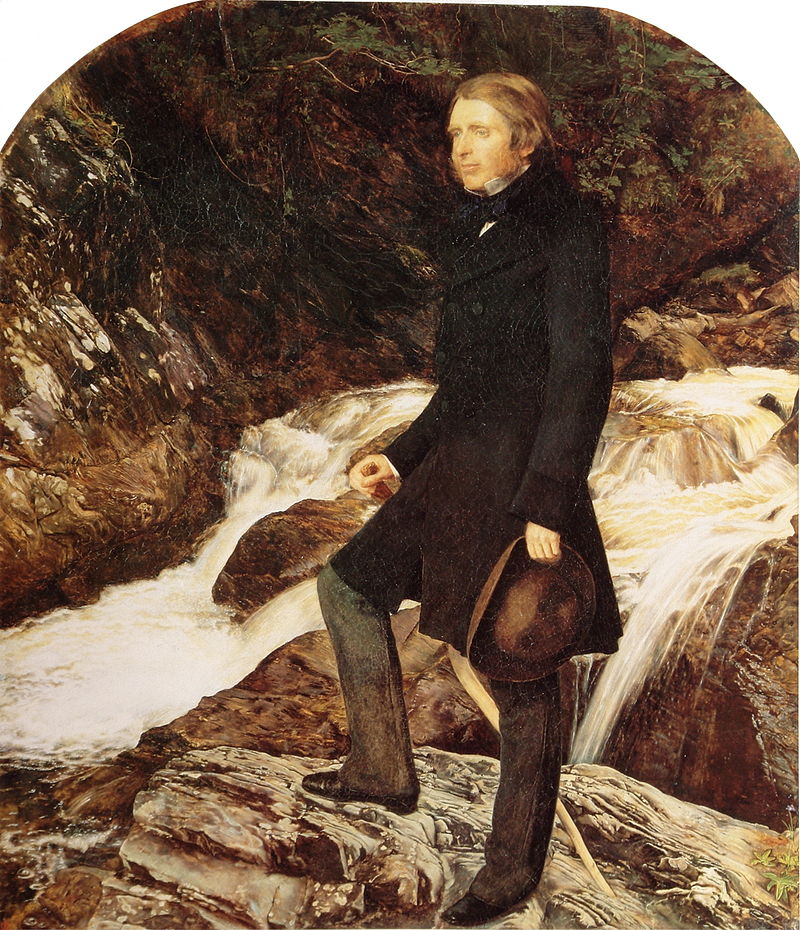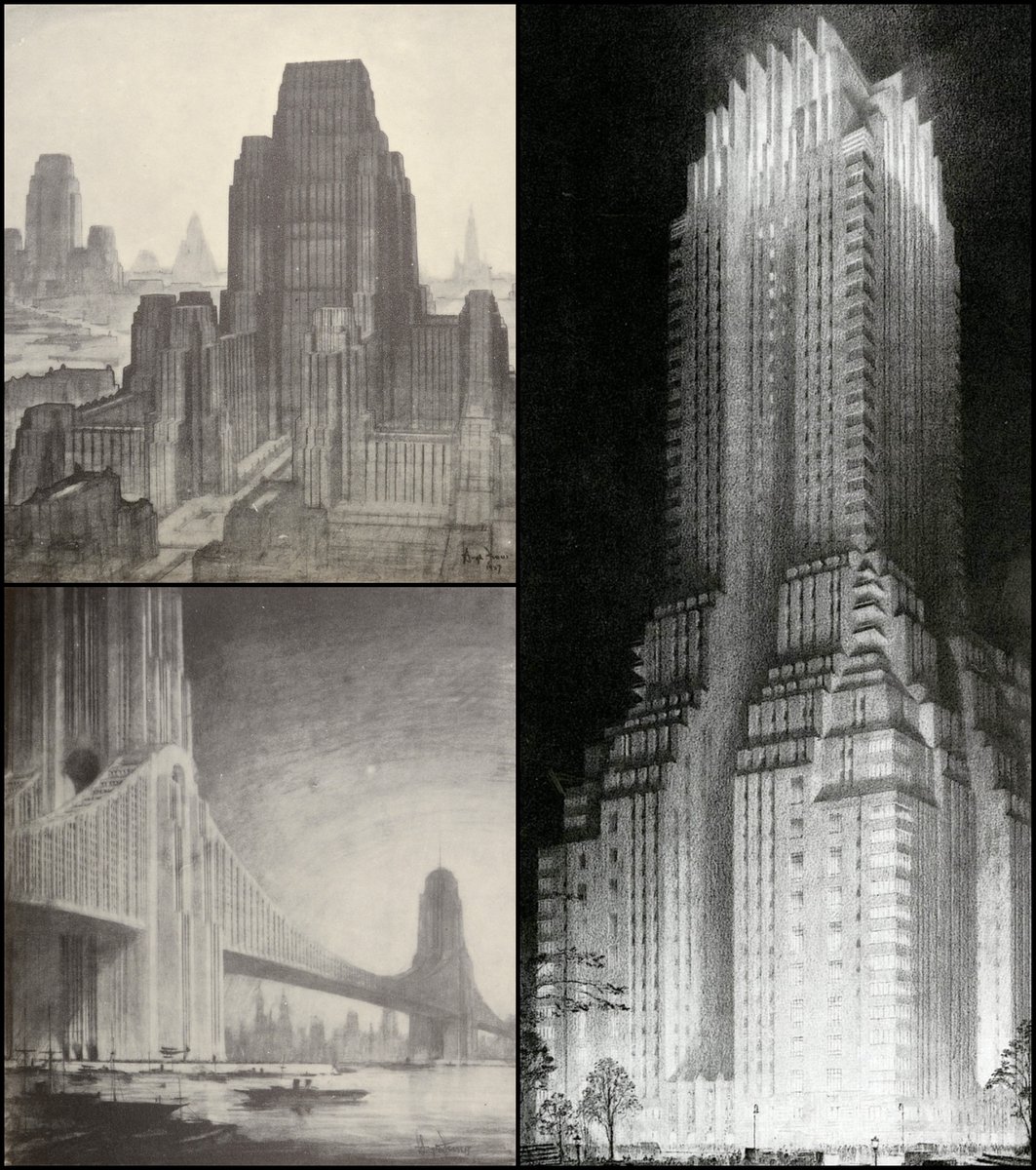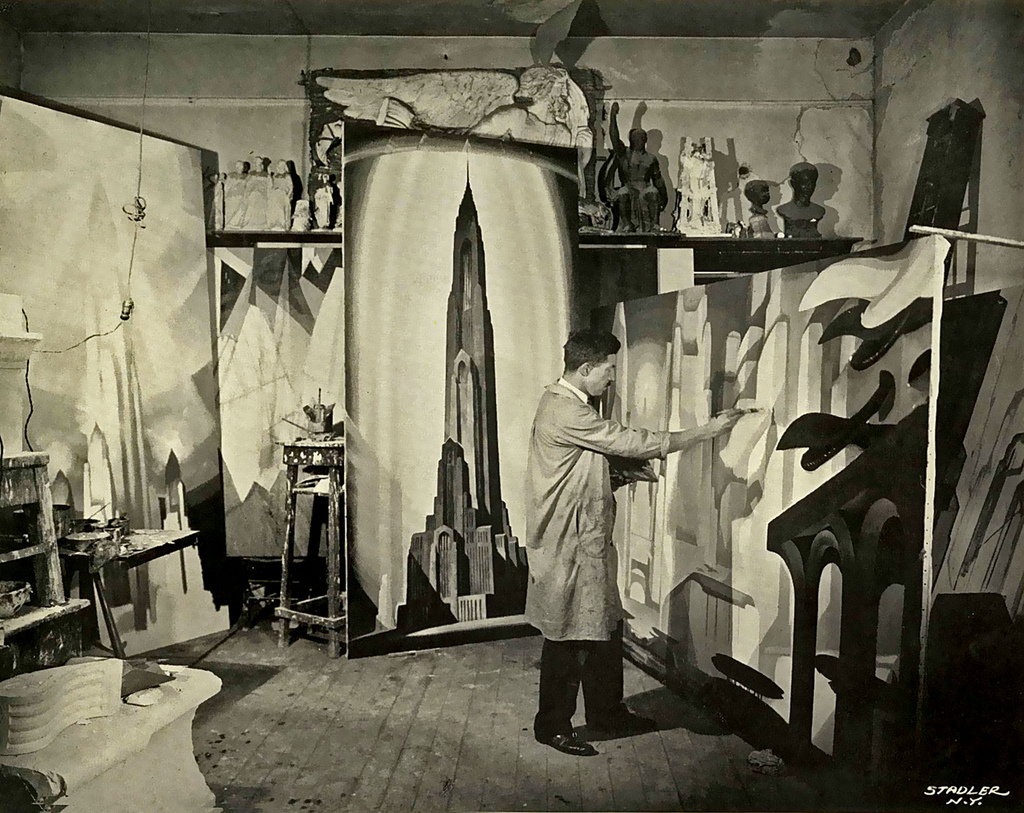Why does every superhero have a secret identity?
It isn't because of Superman or Batman — it's because of the Scarlet Pimpernel, who was created 120 years ago.
As Stan Lee said, "he was the first superhero I had read about, the first character who could be called a superhero."
It isn't because of Superman or Batman — it's because of the Scarlet Pimpernel, who was created 120 years ago.
As Stan Lee said, "he was the first superhero I had read about, the first character who could be called a superhero."

Baroness Emma Orczy was born to an aristocratic family in Hungary in 1865. When she was fourteen the family moved to London, and there Orczy started writing.
Her early work — historical novels and detective stories — weren't successful, but everything changed in 1903.
Her early work — historical novels and detective stories — weren't successful, but everything changed in 1903.

With her husband, an illustrator, she wrote a play based on one of her short stories.
It was set during the French Revolution and involved a wealthy Englishman called Sir Percy Blakeney who seemed to care about nothing other than fashion, women, and money.
It was set during the French Revolution and involved a wealthy Englishman called Sir Percy Blakeney who seemed to care about nothing other than fashion, women, and money.

But this was merely a cover for his true identity — the Scarlet Pimpernel.
With a small group of friends, known as the League of the Scarlet Pimpernel, he went on daring rescue missions to save French aristocrats who had been condemned to death by guillotine.
With a small group of friends, known as the League of the Scarlet Pimpernel, he went on daring rescue missions to save French aristocrats who had been condemned to death by guillotine.

He had a signature weapon, was a master of disguise, and knew how to plan complex escape operations.
And, whenever he had successfully rescued an aristocrat, he would leave behind a card with the image of a small flower — a scarlet pimpernel, hence his name.
And, whenever he had successfully rescued an aristocrat, he would leave behind a card with the image of a small flower — a scarlet pimpernel, hence his name.

This mysterious hero becomes internationally famous and the French revolutionary government sends agents all around the continent to track him down.
But nobody could have suspected that the rather ridiculous Sir Percy was actually the brave and quick-witted Scarlet Pimpernel.
But nobody could have suspected that the rather ridiculous Sir Percy was actually the brave and quick-witted Scarlet Pimpernel.

The play was a major success and in 1905 Baroness Orczy published her first novel about The Scarlet Pimpernel.
They were wildly popular in Britain, Europe, and the US, and she wrote sixteen more over the next thirty five years.
They were wildly popular in Britain, Europe, and the US, and she wrote sixteen more over the next thirty five years.

Characters inspired by the Scarlet Pimpernel soon followed, especially in the United States, such as Zorro, the Shadow, and the Phantom.
And, in the 1930s, a young Stan Lee — who would go on to shape Marvel Comics — read the novels of Baroness Orczy...
And, in the 1930s, a young Stan Lee — who would go on to shape Marvel Comics — read the novels of Baroness Orczy...

As Lee later said:
"The Scarlet Pimpernel was the first superhero I had read about, the first character who could be called a superhero. Anybody who is interested in superheroes... this was the first legitimate superhero."
"The Scarlet Pimpernel was the first superhero I had read about, the first character who could be called a superhero. Anybody who is interested in superheroes... this was the first legitimate superhero."

Lee had seen and loved the 1934 film with Leslie Howard in the lead role.
It was one of many film adaptations; as with modern superheroes, the Scarlet Pimpernel appeared time and again in cinemas, played by different actors and with different interpretations of the story.
It was one of many film adaptations; as with modern superheroes, the Scarlet Pimpernel appeared time and again in cinemas, played by different actors and with different interpretations of the story.

But it wasn't only Lee who learned from Orczy.
Superman (who first appeared in 1939) has a famous "love triangle" in which Lois Lane loves both Clark Kent and Superman; this echoed Marguerite, the wife of Sir Percy, who is drawn to the mysterious and dashing Scarlet Pimpernel.
Superman (who first appeared in 1939) has a famous "love triangle" in which Lois Lane loves both Clark Kent and Superman; this echoed Marguerite, the wife of Sir Percy, who is drawn to the mysterious and dashing Scarlet Pimpernel.

Orczy popularised the secret identity trope, which has become a universal feature of superhero stories.
But nowhere was it more closely imitated than with Bruce Wayne, who curates his public image as a billionaire playboy so that nobody could suspect him of being Batman.
But nowhere was it more closely imitated than with Bruce Wayne, who curates his public image as a billionaire playboy so that nobody could suspect him of being Batman.

And then there's the calling card, whereby the Scarlet Pimpernel left behind a drawing of the flower from which he took his name, thus increasing his notoriety.
Spiderman, too, is known for leaving notes behind at the scenes of his heroic deeds...
Spiderman, too, is known for leaving notes behind at the scenes of his heroic deeds...

Not to forget the "League of the Scarlet Pimpernel", a group of friends and associates who knew Sir Percy's secret identity and aided his work.
This trope has also become ubiquitous, whether Bruce Wayne with Alfred as his assistant or the many sidekicks and superhero teams.
This trope has also become ubiquitous, whether Bruce Wayne with Alfred as his assistant or the many sidekicks and superhero teams.
The idea of the "hero" is ancient, of course — the word itself comes from Ancient Greek, and refers to mythical warriors like Achilles and Hector from Homer's Iliad.
People have always been drawn to heroic characters, and we have always been telling their stories.
People have always been drawn to heroic characters, and we have always been telling their stories.

And before the Greek heroes there was the Ancient Mesopotamian Epic of Gilgamesh, composed well over four thousand years ago, about a hero-warrior who defeats strange beasts, battles with or is favoured by the gods, and even has a sort of sidekick called Enkidu. 

Then, in the Middle Ages, there were poems and tales of chivalrous knights, whether Roland or King Arthur and his Round Table.
Modern superheroes have much in common with these ancient and Medieval predecessors, especially in how their stories were told, retold, and reworked.
Modern superheroes have much in common with these ancient and Medieval predecessors, especially in how their stories were told, retold, and reworked.

But the Scarlet Pimpernel was the first true superhero in the modern sense.
Unlike the heroes of Greece, who sought glory above all, or Gilgamesh, who sought immortality, or the knights who fought in war, the Scarlet Pimpernel sought to save lives and serve the common good.
Unlike the heroes of Greece, who sought glory above all, or Gilgamesh, who sought immortality, or the knights who fought in war, the Scarlet Pimpernel sought to save lives and serve the common good.

Orczy could never have known in 1903 that her Scarlet Pimpernel would create a set of tropes and an all-new character type which has, more than a century later, become the world's most popular entertainment genre.
All that remains to say, then, is thank you Baroness Orczy!
All that remains to say, then, is thank you Baroness Orczy!

• • •
Missing some Tweet in this thread? You can try to
force a refresh

 Read on Twitter
Read on Twitter




















